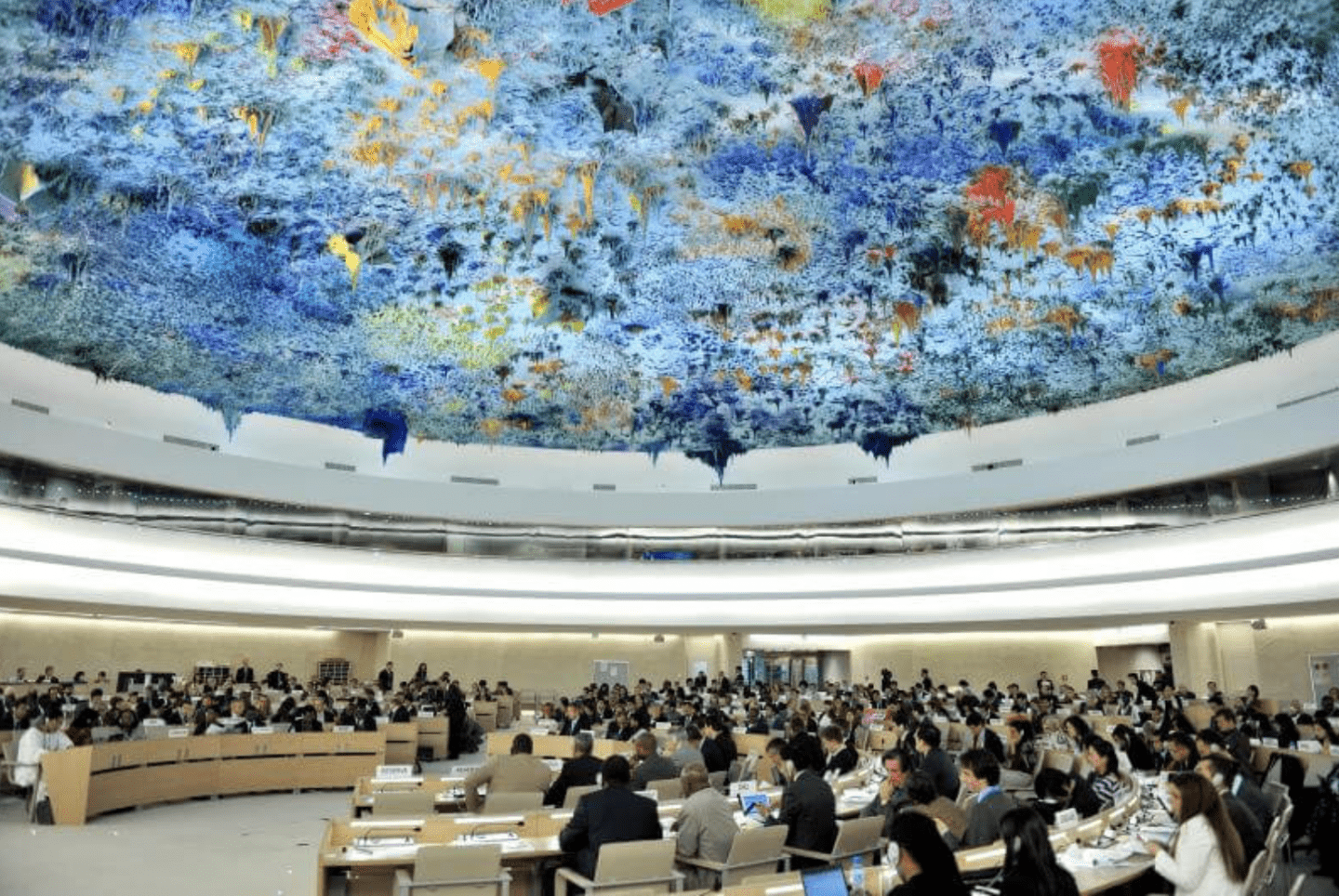
HRC36 – EMRIP: MRG’s statement on the lack of implementation of the Ogiek ruling by Kenya
UN Human Rights Council
36th session
Cluster ID with SR on Indigenous Peoples and EMRIP (item 3 & 5)
Mister President,
Minority Rights Group International (MRG) welcomes the EMRIP’s first report on the implementation of the UN Declaration on the Rights of Indigenous Peoples, covering the ten years since the adoption of the Declaration. This report provides a useful assessment of the progress made in the past decade, and of the translation of the rights enshrined in this document into reality. It also shows that much remains to be done to achieve full respect of indigenous peoples’ rights around the globe.
MRG would like to highlight one of the findings contained in the EMRIP report and stress the historic character of the judgment rendered by the African Court on Human and Peoples’ Rights in May this year, in favour of the Ogiek community of Kenya, which was represented by the Ogiek Peoples’ Development Program (OPDP), CEMIRIDE and MRG. Following an eight-year legal battle, the Court found that the Kenyan government had violated seven separate articles of the African Charter in a land rights case that had led to the Ogiek people being subjected to repeated forced evictions from their ancestral homeland.
Crucially the Court has recognised that the Ogiek – and therefore the many other indigenous peoples in Africa – have a leading role to play as the guardians of local ecosystems, and in conserving and protecting their lands and natural resources.
This was the first time that the African Court, in operation since 2006, has ruled on an indigenous peoples’ rights case. Through this ruling, the Court has sent a crystal clear message to the Kenyan and other African governments that they must respect indigenous peoples’ land rights in order to secure their livelihoods and cultures. Indeed, the Court’s judgment drew on specific provisions of the UNDRIP in reaching its judgment.
Now that the African Court is consolidating its jurisprudence on indigenous peoples’ right to land and giving force of law to rights enshrined in the UNDRIP, the next step is crucial, namely that of implementation by concerned countries.
The example of the Endorois ruling, delivered seven years ago by the African Commission in another landmark case involving CEMIRIDE, MRG and the Endorois Welfare Council, is telling. The Endorois people are still today waiting for implementation by the Kenyan government. This shows that the struggle continues, even after international bodies have upheld indigenous peoples’ rights. We sincerely hope that the next report will reflect efforts by Kenya and other states to implement these landmark rulings, and that the jurisprudence that the African Court and Commission are creating will be translated into reality for the indigenous peoples of the continent.
I thank you.